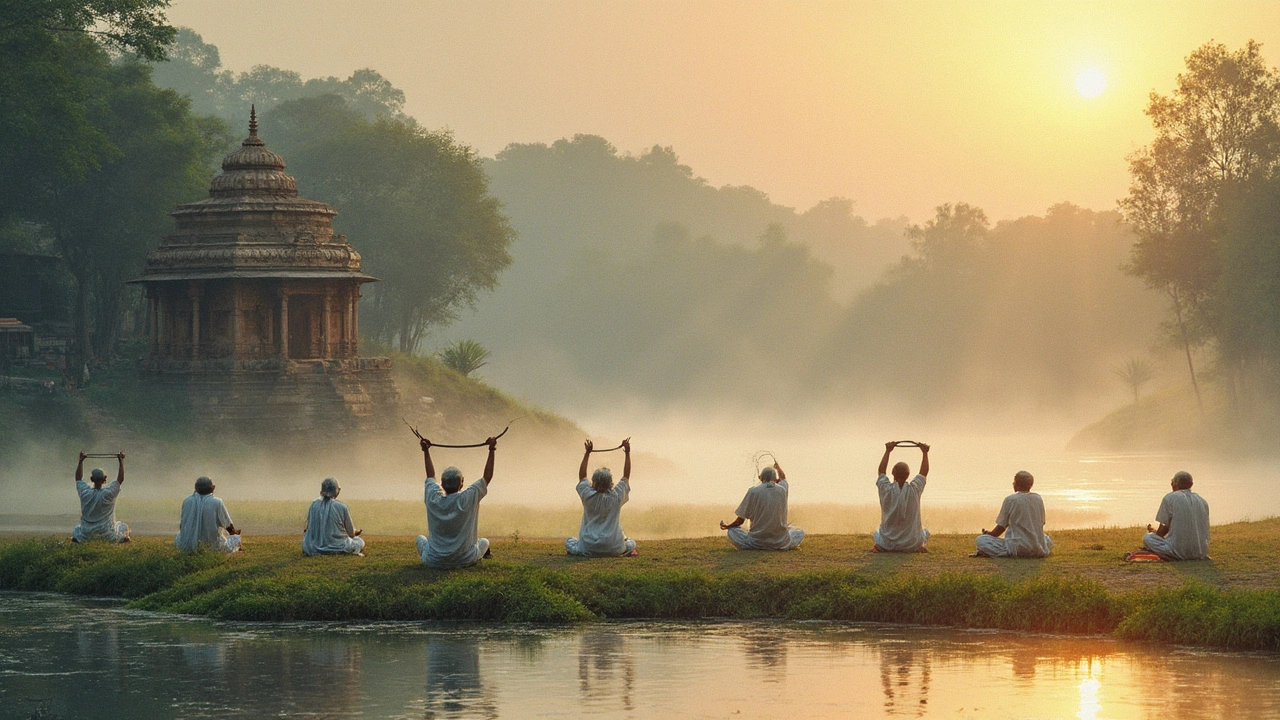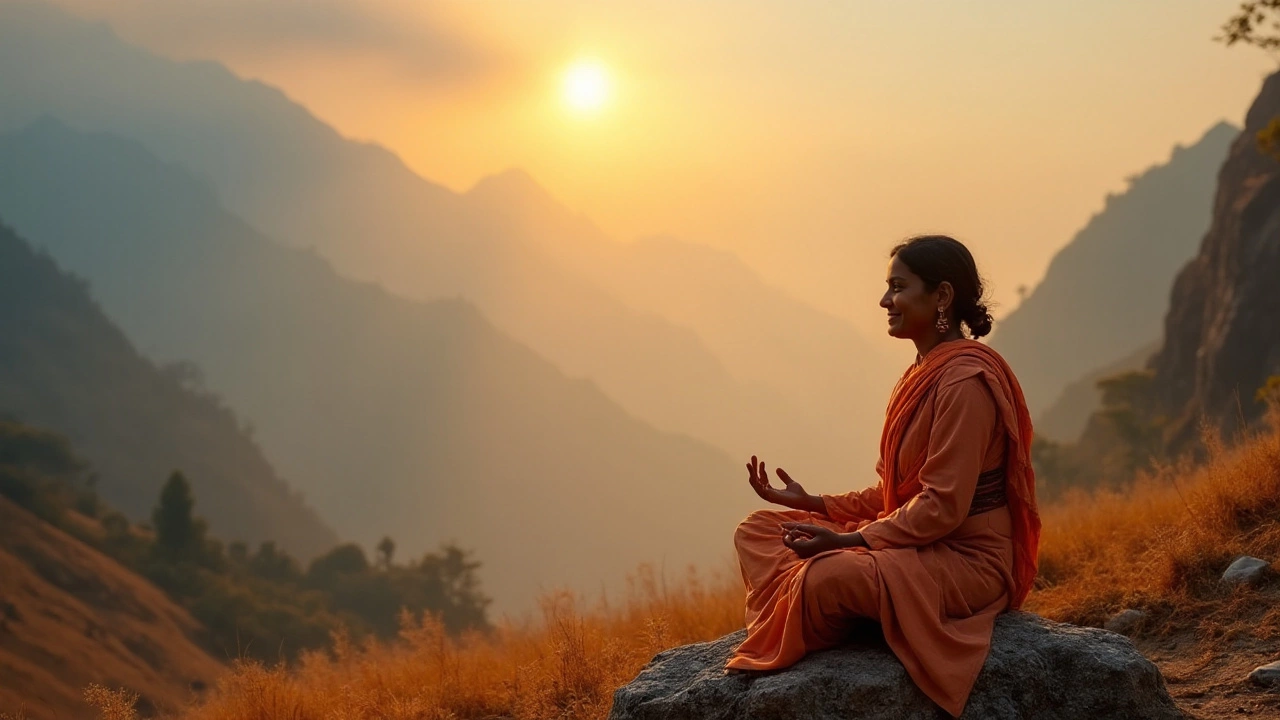India Spirituality: A Simple Guide to Sacred Traditions
India isn’t just a country; it’s a living tapestry of spiritual ideas that have been shaping lives for thousands of years. Whether you’re curious about yoga, meditation, or the deeper meanings behind festivals, there’s a start point for everyone. Let’s break down what makes Indian spirituality so unique and how you can experience it today.
Core Beliefs and Ancient Texts
At the heart of Indian spirituality are the Vedas, Upanishads, and the Bhagavad Gita. These books introduce ideas like dharma (duty), karma (action‑and‑consequence), and moksha (liberation). They aren’t just old stories; they offer practical ways to think about purpose, right actions, and inner peace. For example, the concept of karma reminds you that every choice has a ripple effect, encouraging mindful living.
Another key idea is the cycle of birth, death, and rebirth, called samsara. Understanding this cycle helps many Indians focus on self‑growth rather than material gain. Simple practices like chanting “Om” or reciting short verses from the Gita can bring that ancient wisdom into daily moments.
Everyday Practices and Modern Ways
Today, Indian spirituality lives in both quiet corners and bustling streets. Yoga classes, meditation apps, and community puja (worship) gatherings are common. Even a five‑minute breath practice can connect you to the same calm that monks seek in remote ashrams.
Festivals like Diwali, Holi, and Navratri are more than colorful events; they’re public reminders of spiritual concepts. Lighting a lamp on Diwali celebrates the triumph of knowledge over ignorance, while Holi’s vibrant colors symbolize the joy of breaking down ego.
If you want a hands‑on experience, try visiting a local temple or a Sufi shrine. Most places welcome newcomers, and you can join a short prayer or simply observe the rituals. It’s a low‑key way to feel the collective energy and learn proper etiquette, like removing shoes and offering a small donation.
For a quick start at home, set aside a calm space, light a candle, and repeat a simple mantra like “Sat Nam” (truth is my identity) for ten breaths. This practice takes less than five minutes but can reset your stress levels and bring a sense of grounding.
Many modern Indian teachers blend ancient teachings with science‑backed techniques. You’ll find videos that explain the benefits of pranayama (breath control) in plain English, showing how it can lower blood pressure and boost focus. These resources make the old wisdom feel fresh and accessible.
Remember, Indian spirituality isn’t a rigid system—it adapts to each person’s path. Whether you follow a daily yoga routine, read a short verse each night, or simply sit quietly for a few minutes, the goal stays the same: find inner balance and live with intention.
Ready to explore more? Pick one small habit—maybe a morning mantra or a weekend visit to a local temple—and notice how it shifts your day. The richness of India’s spiritual heritage is waiting for you to tap into it, one simple step at a time.

